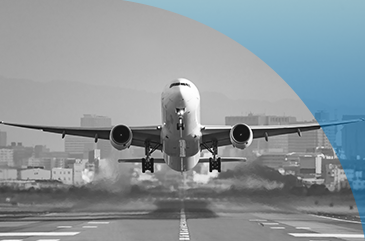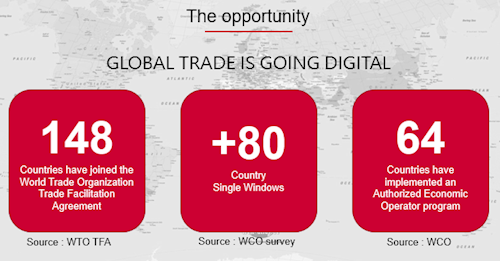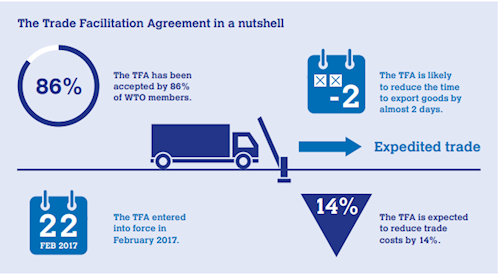
Global trade has always been a pillar and engine of economic growth but, in recent years, significant restrictions were placed on global trade. On top of these political challenges, we have observed a shift in trade policy from global agreements supervised by the World Trade Organization (WTO) to state-led regional initiatives and bilateral deals.

Despite this gloomy environment, there is good news: Global trade is still growing and digitalization is powering it. In fact, it can mitigate the impact of the above challenges and restrictions. Legislation like the WTO Trade Facilitation Agreement (TFA) outlines a means to use technological solutions to meet these new requirements head-on.
By expediting the movement, release and clearance of goods across borders, the TFA is expected to reduce trade costs globally by an average of 14.3 per cent. These economic gains would be bigger than the elimination of all existing average tariffs around the world…
-WTO Annual Report 2019
But what does this mean concretely?
The decentralized nature of the global economy requires advanced technological solutions to cope with the regulations governing them. As cross-border processes become clearer and more predictable through the implementation of the TFA in 148 countries, trade becomes simplified.

Source: WTO TFA
To expedite this, over 80 countries have implemented a form of single window where trade and transport operators can lodge standardized information and documents with a single-entry point to fulfill all import, export, and transit-related regulatory requirements. The implementation of such technologies can generate very significant reductions in the cost of trade (up to 40% for the least advanced economies). According to a 2018 UN ESCAP Working Paper on APAC Research, the estimated impact of full implementation of digital trade facilitation is associated with a 26.2% decrease in international trade costs in the Asia-Pacific region, or savings in international transaction costs of about $1.2 trillion.
With air cargo accounting for just over 10 by volume there is certainly room for growth. With the right tools, airports can take advantage of these facilitation instruments. At CHAMP, we believe such a transformation can enable airports to become “trade facilitator” gateways with airlines acting as trade accelerators – powered by tools and solutions such as those offered by CHAMP. Solutions like Traxon cargoHUB, Cargospot Airline, Cargospot Handling and CHAMP compliance products, Traxon Global Customs and Traxon Global Security streamline this process at airports for carriers, handlers, and the airport themselves. The digitalization of our business environment is fast-tracking despite the restrictions, so it is time to engage with your partners to take full benefit of simplifying your business and customer experience.
.png)



